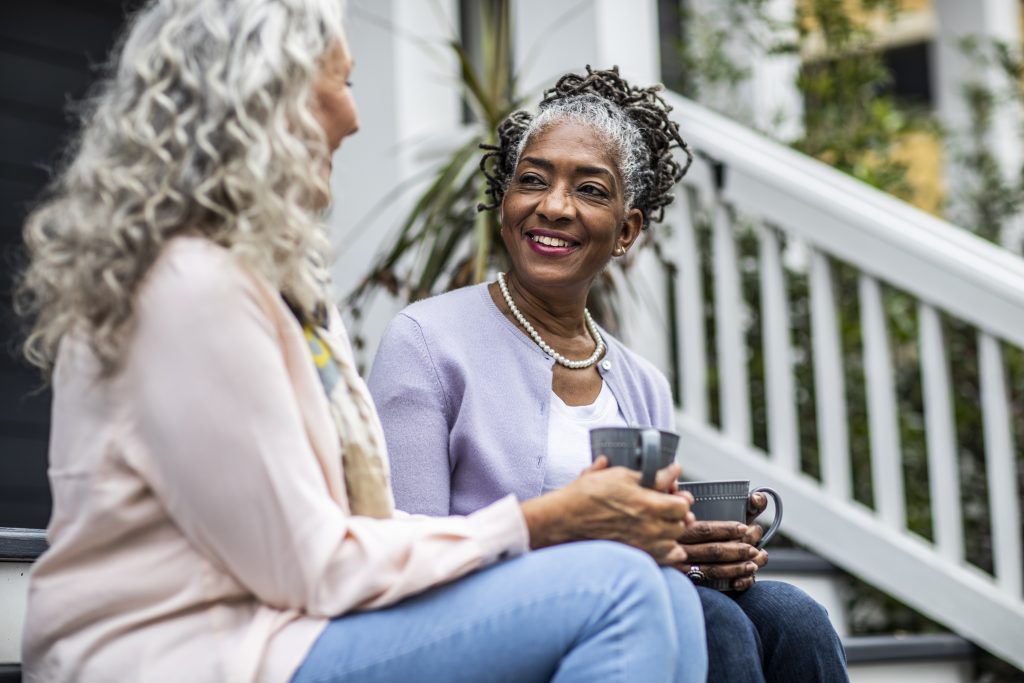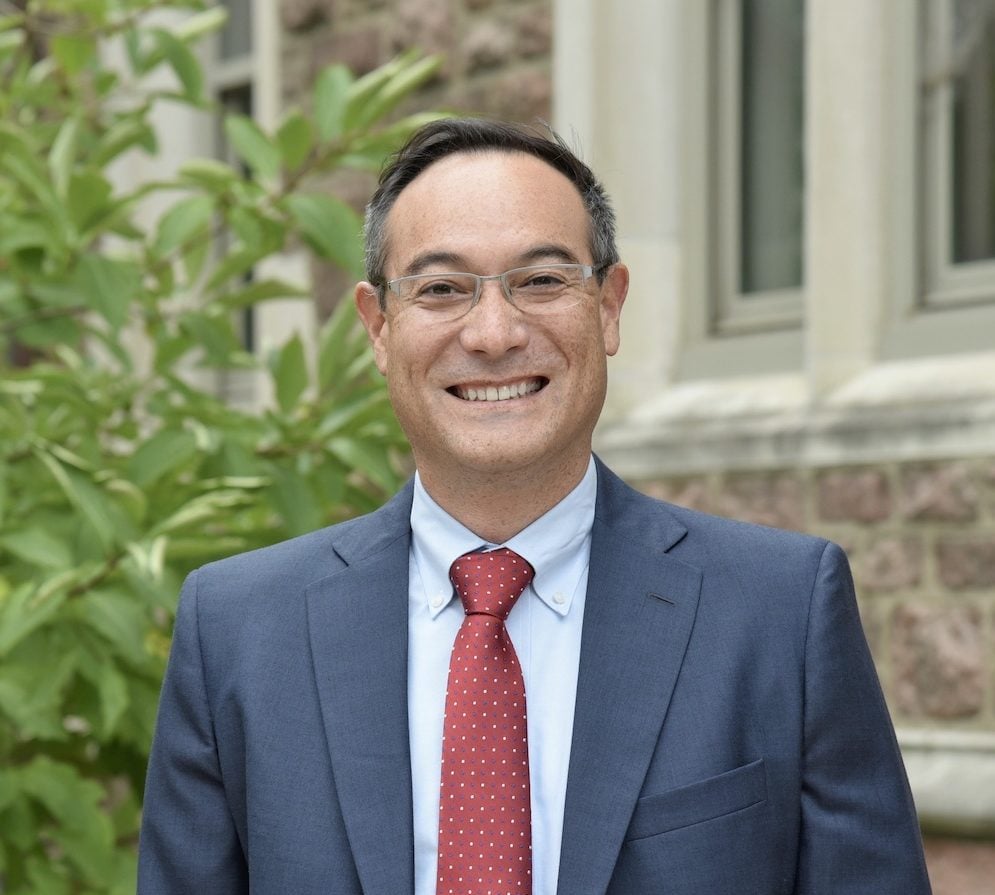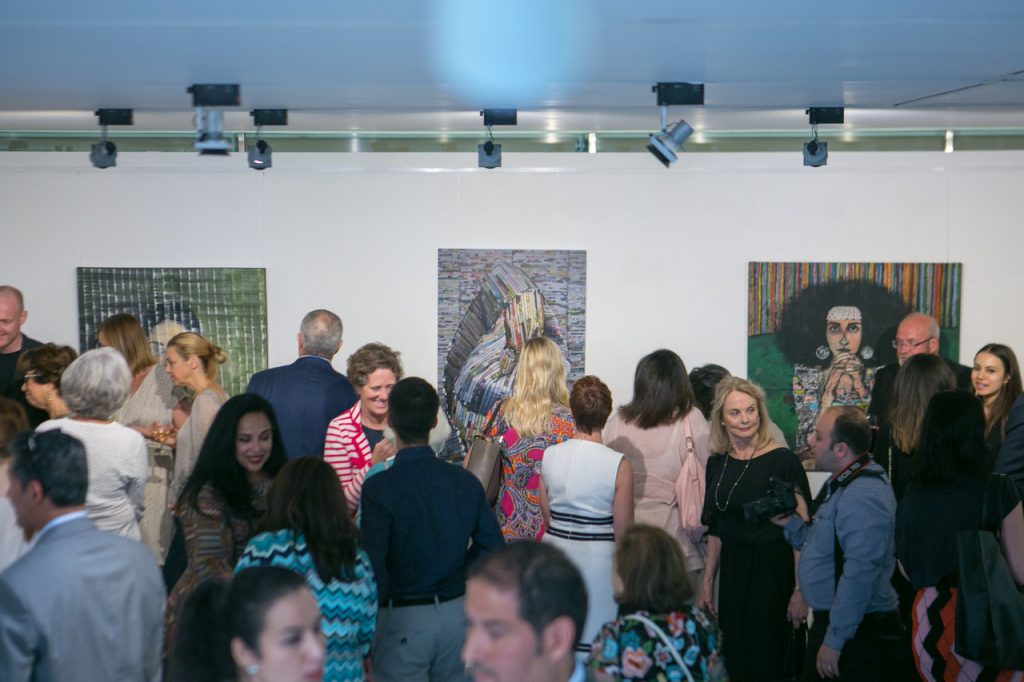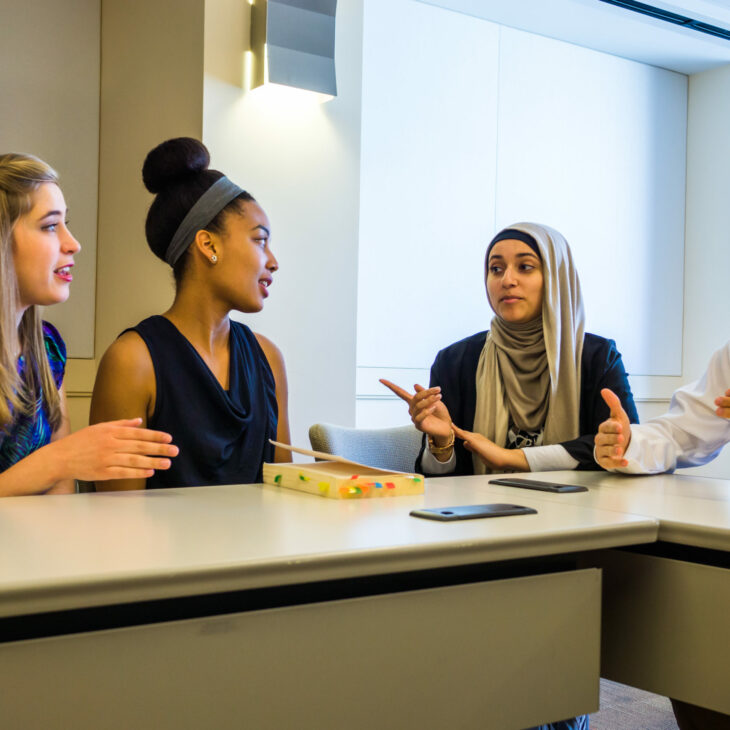
As a part of the Deep Differences Project in partnership with the Heterodox Academy, Interfaith America spoke with three educators about their roles on campuses across the country and how they foster curiosity in students, in and out of the classroom.
For more about the importance of curiosity and the Deep Differences Project, read What If We All Practiced More Curiosity?
Interfaith American’s Jane Ulring spoke with Naomi Yavneh, the Reverend Emmett M. Bienvenu, SJ, Distinguished Chair in Humanities, and Professor and Co-Chair of Languages and Cultures at Loyola University New Orleans.
This interview has been edited lightly for length and clarity.
Jane Ulring: Tell me a little about your experience and role on campus.
Naomi Yavneh: I’m at Loyola University New Orleans which is a Jesuit institution, predominately undergraduate, and I work primality with undergraduates. We’re a pretty diverse urban organization – unlike some other Jesuit institutions like Loyola Chicago, 33 percent of our students identify as Catholic, and we’re less than 2% Muslim and Jewish. It means that there’s a real interest in interfaith things, but there’s not as much knowledge about how to do this properly.
I primarily teach interfaith and religious study classes. I have one class that I teach a lot which is a first-year seminar focused on interfaith topics, and [we do] a big project with Anne Frank, which focuses how we can use Anne Frank’s story and Holocaust issues to address racism, bias, and inclusion issues today. I’m really interested in diversity and inclusion through a faith-based lens … [like the] importance of teaching Anne Frank as a little Jewish girl and understand what it means to be a Jew because my students don’t know that.
JU: What role do you see curiosity playing in interfaith work and how do you facilitate that in the classroom?
NY: I think that curiosity is essential here. If you start with complacency about who you are and your identity and start with assumptions about everyone else, that’s going to be a big challenge. Fortunately, I feel that my classes and I have this opportunity teaching first year seminars when they want to make friends and have this tremendous curiosity about what religion means.
One thing I found is that there are always students who want to talk, and there are students who don’t want to contribute vocally but are more comfortable putting their ideas in the chat. So now I use a lot of Mentimeter [an interactive app] to create that space where people may be afraid. What’s great is that people put this stuff up and it automatically breaks down assumptions, and you’ll see that seven people in the class mention that. And that’s without me leading the discussion. It creates a dialogue without people having to out themselves. There’s so much curiosity but also fear especially after COVID of putting yourself out there or being judged.
JU: I’d be curious to know more about this experience of fear that you witness in your students and whether or not cultivating curiosity in the classroom helps lessen that fear, or if it’s always there. What do you do to create the environment in your classroom to get past that initial fear of sharing and claiming your identity in the classroom?
NY: We have a number of students who come to Loyola and come from Catholic schools where maybe they’re trans [and] this is the first space where they can be [themselves], and some have been in spaces where their identity has been questioned.
Some of them have been wondering what it means to go to Catholic school, do I have to be pro-life? Or maybe they’re thinking, “This is a really liberal school, if I’m pro-life am I going to be torn apart by these people?” So, there’s a feeling of fear about their identity.
One of the things I find is that we don’t get to say if we’re welcoming; my students can tell me if they feel welcome. I found this space to speak publicly but anonymously is really helpful.
I give my interfaith class and assignment where they have to work in a group — which they’re all terrified of — to find out something about a faith they know nothing about. Let’s say they chose to do Judaism – they need to talk to a rabbi, but they also need to find a random person who identifies as this. Giving them this space just to be curious to talk to them about what kind of questions to ask but also crowd sourcing the questions.
When I’m open about my experiences of marginalization acknowledge my privilege at the same time, while deemphasizing grades and creating spaces for creative projects and efforts and making those major values is important if you want curiosity valued. For example, I told students they could create a lesson plan or make a video, but they had to talk about the Holocaust through the lens of today. One of my students who is a film major talked about gay men during the Holocaust, and his piece was sharing this information with five friends who were of various sexual identities and showing their reactions. He did a fabulous job! Creating a space where the student gets to present this to their classmates and trying to find a space where curiosity is rewarded and affirmed by their peers is really important.
JU: Do you think that your experience teaching is common? That curiosity is commonly affirmed in classrooms? Or is that something academia needs to strive toward?
NY: My personal assessment is “yes and.” I’m conscious of my privilege as a full professor with my endowed chair, [but] there’s a fear that if you can’t assess something or give fair grades you can’t do it. There’s also a pressure on faculty for students because you can never do enough for them. There’s so much pain and trauma, and two years is 10 percent of my students’ lives. There’s a fear that if the grading scale is unclear, someone is going to cotest a grade. But I deal with this by reminding [students] that I give very high grades. You try and do your best in my class, and I’ll give you a good grade. There are definitely people who are like, “If you do this touchy-feely [final project], it’s not rigorous.” There’s this bogus concept of rigor … but [the students’] reflections were so heartfelt. This is an honest assessment of what they got out of their class.
To me, I think part of it is getting the word out that [a reflective final project] is a legitimate thing to do that requires greater learning, and how to access something like this without critiquing the students’ emotions. And people need to be taught how to teach this way, and I’m considering creating a workshop for my colleagues about how to grade this way. I’m not an expert but I kind of figured it out, and it’s clearly meaningful to the students which is extremely rewarding.
JU: You talk about the different ways that people are fearful. Students are afraid to share their identities; faculty may fear what it looks like to create spaces safe for students to use their voices or to teach and assess in less conventional ways. In both instances, that fear seems to be something that keeps people from curiosity.
In your experience practicing and modeling curiosity to students and colleagues, do you find that modeling has an effect on fear? Does it lessen or intensify or depend on the context?
NY: Right, there is tremendous anxiety for people when you ask them to do something new. But when you model it yourself and can convince them, you can say that it’s low stakes and nothing bad is going to happen and are affirming. You also have to acknowledge the fear and put guard rails in place … and acknowledge that you’ve made mistakes. I think that that is really helpful with fear.
In the classroom there’s also a way in which I think of my class as a congregation, which is a little weird for students, but we all uplift each other and acknowledge fear and create space for reflection and a safe place to talk. But there always are going to be people who hold onto fear, so how do I get resources for people’s mental health, how do I get people connected to this classroom? But I think really mapping out I see your fear and acknowledge it and here are some safeguards.
JU: Can you think of an example of when being curious about a person or topic made all the difference in what was possible for engagement or learning?
NY: In my class, we have this Mass every year that’s a 400-year-old tradition. The idea was that [interfaith students] were going to come and share their feedback. The students went and pointed out things I hadn’t thought of. I had Black students saying, “You said we could wear jeans but, in my church, we would never do that.” Or “They didn’t tell us who these people [who were a part of the Mass] were, that wasn’t welcoming.” And “In my church, we applaud.”
And I see that we created this space for them to think about what we need to do for next year. [The students] had a lot of positives too, like the music. They took the prayers of the people, which is a standard [part of the Mass], and translated it into different languages. I was asked to read the Hebrew one. And there was a part of me [that was like,] “[This is] not a prayer that I would use.” But the students thought it was wonderful, so it was also for me to ask what they liked and didn’t. I was so excited to be wrong, and I told them so, and we had a great discussion about it. The curiosity was that the leaders of the university wanted to know how they felt about it because it was for students, so modeling for them and letting the students know they were listened to.
Share
Related Articles
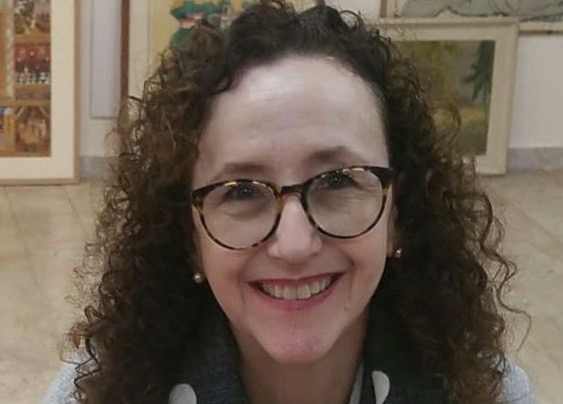
Naomi Yavneh Klos
Naomi Yavneh Klos is the Reverend Emmett M. Bienvenu, SJ, Distinguished Chair in Humanities, and Professor and Co-Chair of Languages and Cultures at Loyola University New Orleans. A former Fulbright scholar to the Netherlands and the Vatican, Dr. Yavneh is committed to high impact practices that contribute to retention, graduation, and community, and is an innovator in interdisciplinary and community-engaged research, and the pedagogy of justice.

